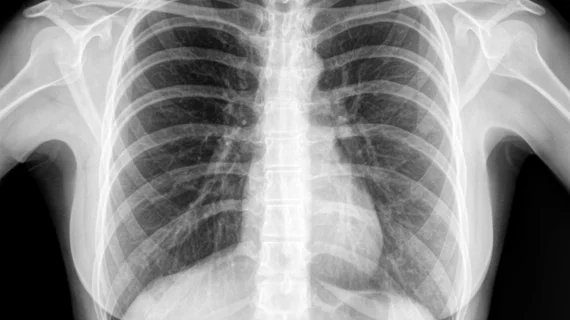The work of chemists from the National University of Singapore (NUS) could someday lead to safer, more affordable x-rays, according to new research published in Nature.
The researchers, led by professor Liu Xiaogang from the NUS Department of Chemistry, have developed lead halide perovskite nanocrystals that are sensitive to x-ray irradiation. By using these nanocrystals with flat-panel x-ray imaging equipment, they found that it resulted in a new type of detector that can sense x-rays with approximately 400 less radiation than current healthcare providers use in standard practice.
“Our technology uses a much lower radiation dose to deliver higher resolution images, and it can also be used for rapid, real-time X-ray imaging,” Liu said in a prepared statement. “It shows great promise in revolutionizing imaging technology for the medical and electronics industries. For patients, this means lower cost of X-ray imaging and less radiation risk.”
By using these nanocrystals, the team found that x-ray images can be directly recorded using equipment that is less expensive and much easier to find than ever before. This, the authors explained, saves providers significant money.
Researchers from Singapore, the United States, Australia, China, Hong Kong, Italy and Saudi Arabia all worked together on this development. NUS scientists are already focused on their next step, which involves validating the nanocrystals’ performance. Once that is successful, they hope to work with industry partners to commercialize this new technique.

